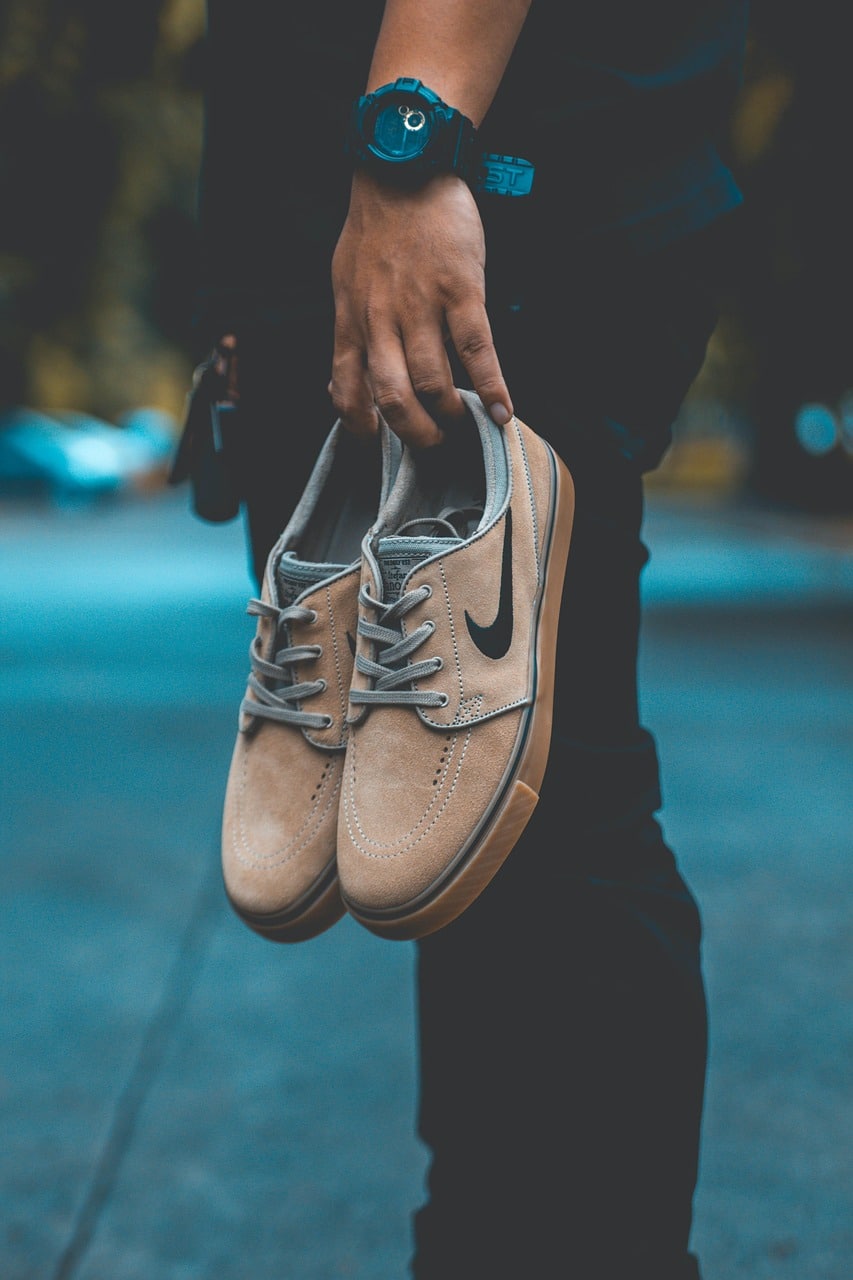
Sustainable Fashion Trends to Watch

Sustainable Fashion Trends to Watch
The Rise of Eco-Friendly Materials
In recent years, the fashion industry has seen a significant shift towards sustainable materials. Designers are increasingly opting for eco-friendly fabrics such as organic cotton, hemp, and Tencel, which are not only better for the environment but also offer a unique texture and style. Organic cotton is grown without harmful pesticides and chemicals, making it a healthier choice for both consumers and the planet. Hemp, known for its durability, requires less water and fewer resources than traditional cotton. Tencel, made from sustainable wood sources, provides a soft and breathable alternative that is biodegradable.
Recycled Fabrics
Recycling is another critical aspect of sustainable fashion. Many brands are now creating pieces from recycled plastic bottles, old garments, and other waste materials. This trend not only reduces the amount of waste in landfills but also promotes the circular economy. For instance, brands like Rothy’s are famous for their stylish shoes made from recycled plastic, appealing to environmentally conscious consumers without compromising on style. Utilizing recycled materials is a great way for fashion companies to showcase their commitment to sustainability.
Slow Fashion Movement
The slow fashion movement encourages consumers to buy less and choose quality over quantity. This trend emphasizes craftsmanship, timeless designs, and longevity in clothing. By investing in durable pieces, consumers can reduce their overall consumption and minimize their environmental impact. Brands embracing slow fashion often focus on producing limited collections, fostering a deeper connection between the consumer and their wardrobe.
Ethical Production Practices
Transparency in production has become a defining characteristic of sustainable fashion. Consumers are increasingly aware of labor practices and the ethical implications of their purchases. Brands that adopt fair labor practices and are transparent about their supply chains appeal to conscious shoppers. Companies like Everlane have gained popularity by ensuring ethical production and transparent pricing, allowing consumers to make informed choices about where their clothing comes from and under what conditions it was made.
Secondhand and Vintage Shopping
Thrifting and vintage shopping are not only trendy but also an excellent way to practice sustainability. By opting for secondhand clothing, consumers can significantly minimize their environmental footprint. The popularity of platforms like Depop, Poshmark, and ThredUp has made it easier than ever to find unique pieces that tell a story. This trend also supports the idea of reusing and recycling, giving new life to pre-loved items and reducing the demand for fast fashion.
Curated Vintage Collections
Many boutique stores are now curating vintage collections, showcasing handpicked garments from different eras. This trend allows consumers to own one-of-a-kind pieces while also supporting sustainable practices. These curated selections celebrate fashion history and encourage a more thoughtful approach to shopping. By purchasing vintage clothing, shoppers are also contributing to a reduction in the overall demand for new clothing production, thus lowering the industry’s environmental impact.
Minimalist Fashion
Minimalism in fashion is all about embracing simplicity and versatility. The idea is to create a capsule wardrobe composed of essential pieces that can be mixed and matched. This trend not only promotes a sustainable approach to fashion but also challenges the fast-paced consumption cycle. Minimalist fashion encourages consumers to invest in high-quality items that can stand the test of time, allowing them to express themselves while being mindful of their purchasing habits.
Neutral Palettes and Timeless Styles
Minimalist fashion often features neutral color palettes and timeless designs that transcend seasons. Brands like COS and Everlane are leading the way with their focus on staple pieces that can be worn year after year. By building a wardrobe around these versatile items, consumers can cultivate a responsible and sustainable fashion approach. Investing in classic cuts and colors means fewer returns to fast fashion trends and ultimately fosters a more sustainable lifestyle.
Innovative Technology in Sustainable Fashion
Technology plays a crucial role in advancing sustainable fashion. From 3D printing to blockchain, innovations are making it easier for brands to create eco-friendly garments and maintain transparency. 3D printing technology, for example, allows for the production of clothing with minimal waste, while blockchain can trace the origin of materials, ensuring ethical practices throughout the supply chain.
Wearable Tech and Smart Fabrics
Wearable technology is also carving its niche in sustainable fashion. Brands are experimenting with smart fabrics that are not only functional but also environmentally friendly. For instance, some companies are developing fabrics that can adapt to temperature changes or improve athletic performance while being made from sustainable materials. These innovations highlight the possibility of combining sustainability with high-tech fashion, appealing to tech-savvy consumers who want to make a statement with their clothing.
Fashion Rental Services
Fashion rental services are gaining traction as an alternative to traditional shopping methods. Brands like Rent the Runway allow customers to rent items for a fraction of the purchase price, promoting a more sustainable way to enjoy high-end fashion. This trend offers access to premium clothing without the associated guilt of fast fashion consumption. Renting clothes is particularly popular for special occasions, providing an affordable way to wear designer pieces without the commitment of a purchase.
Styling Subscription Services
Additionally, styling subscription services are making sustainable fashion more accessible. Companies like Stitch Fix curate personalized selections based on individual style profiles, ensuring that every piece brought into a customer’s wardrobe serves a purpose. This not only minimizes waste but encourages conscious purchasing by allowing consumers to try before they buy, fostering mindful consumption habits that align with sustainable goals.
Upcycling and DIY Fashion
The upcycling trend continues to gain momentum, inviting creative enthusiasts to repurpose their clothing. Upcycling involves transforming old garments into new, fashionable items, promoting sustainability while allowing for artistic expression. This trend highlights the importance of creativity in addressing textile waste and encourages individuals to see potential in what they might otherwise discard.
Workshops and Community Engagement
Many communities are hosting workshops that teach upcycling skills, fostering a sense of camaraderie and creativity among participants. Engaging in DIY fashion not only empowers individuals to create something unique but also builds a community around sustainable practices. By learning new skills, people can take pride in their creations while nurturing a more sustainable lifestyle.
Inclusivity and Diversity in Sustainable Fashion
Finally, inclusivity and diversity are becoming vital components of sustainable fashion. Brands that embrace a wide range of sizes, shapes, and cultural backgrounds are setting new standards for responsible fashion. This trend aligns with the growing demand for representation in the fashion industry, ensuring that all consumers see themselves reflected in sustainable options.
Collaborative Collections
Many sustainable fashion brands are collaborating with diverse designers to create collections that celebrate different cultures and aesthetics. These collaborations not only promote inclusivity but also foster a sense of community within the fashion world. By elevating diverse voices, sustainable fashion can grow into a more comprehensive industry that champions not just the environment but also social responsibility.






